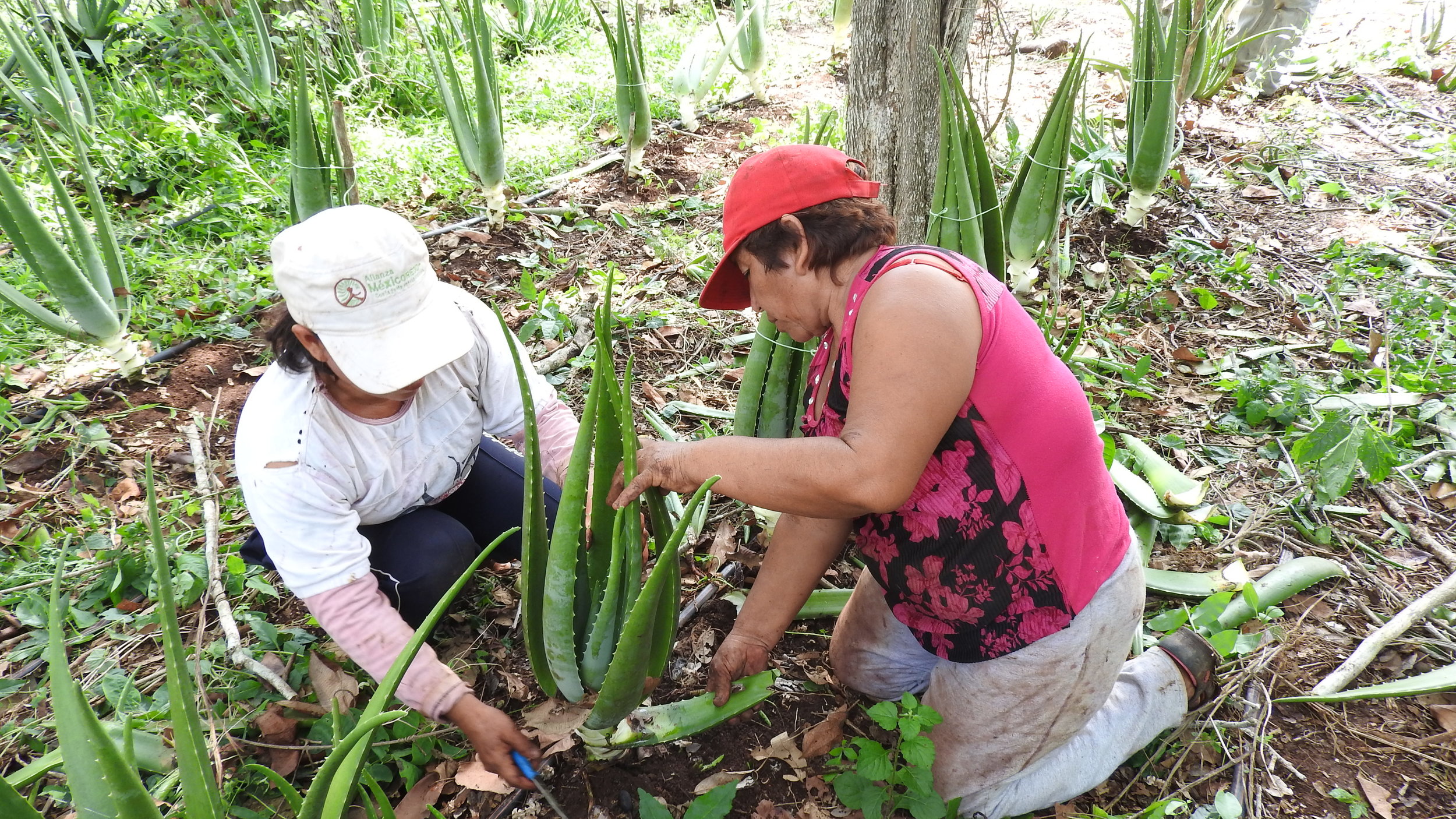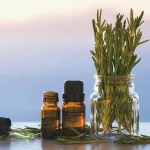
Curious Why It’s Everywhere?
Let’s just clear this up first: You know that thing people (myself included, for years!) keep saying about aloe vera being just for sunburns? Yeah… that’s not the whole story. Actually, if you stroll through a Mexican mercado, you’ll see fat, spiky leaves of “sábila” everywhere—like they’re the celebrity guest at the wellness party that just never ends.
But there’s a twist most folks miss. In Mexico, aloe vera isn’t some fancy import or beauty fad. It’s deeply woven into family rituals, breakfast tables, and even sweaty post-run routines. I’ll be honest—my first run-in with fresh sábila was after a cousin giggled at my “gringa” aloe gel. She pulled a giant, prehistoric-looking leaf from her kitchen counter, sliced it open, and smoothed the goo right onto my sunburned shoulders. “¡Así, así!” she said. (That means “like this!” if you’re new.)
So, is aloe vera just old-school, or does it really live up to the hype in modern wellness circles? Well, grab a glass of water (bonus points if it’s spiked with a little aloe, Mexican style), and let’s unpack what’s special about aloe vera inspanish mexico.
Let’s Talk Names & Stories
Is It Sábila or Aloe Vera? (And Should I Care?)
Short answer: It matters more than you might think. In Mexico, when you hear “sábila,” you’re talking about the same plant fancy skincare brands call “aloe vera.” Locals almost never say “aloe vera” in casual convo—unless they’re reading from a product label or trying to impress you with plant trivia. The vibe is friendly, not clinical.
Okay, confession: I once spent ten awkward minutes in a tianguis (street market) asking for “ALOE VERA, por favor.” Vendors just blinked at me. Say “sábila” and, trust me, you’ll get a smile and directions to the nearest stack of leafy giants.
Quick Table: Talk Like a Local
| English | Mexican Spanish | Pronunciation |
|---|---|---|
| aloe vera | sábila | SAH-bee-lah |
| aloe leaf | hoja de sábila | OH-ha day SAH-bee-lah |
See? Simple. Next snack break, drop that “sábila” knowledge bomb and watch your abuelita beam with pride. Another fun fact, courtesy of Spanish Dictionary’s translation page: “sábila” is always used with the feminine article “la,” because plants and life-giving things tend to get that extra bit of respect in Spanish.
And just for giggles—there’s even a deeper story behind aloe vera’s “Mexican passport.” European explorers brought it to the Americas in the 16th century, and the native Maya and Aztecs? Oh, they couldn’t have been happier. Sábila ended up everywhere—temple courtyards, kitchens, even healing rituals for skin wounds and digestive drama. It’s more than a buzzword… it’s heritage and living folklore.
Wait, Sábila for Breakfast?!
From Desert Harvest to Kitchen Bowl
This one blew my mind. My first week in Baja California, some friends led me off the highway, past sun-baked arroyos, to cut massive sábila leaves (seriously, they’re like weapon-sized). My friend Valeria—part healer, part amateur comedian—walks me through her early-morning ritual. Gather leaf. Slice off spines (sticky, slimy mess). Chop gel into cubes. Top with orange juice and chia seeds. Yes, really… for breakfast.
I admit: my first spoonful? The texture is, let’s say, “unique.” Slippery, bouncy, a little weird. But the taste? Citrus bright, not bad. And before I could even finish the bowl, everyone started joking about who would have the most “sunshine energy” for the day. Valeria swears by it—says it keeps her digestion happy and her mood even better.
Morning Sábila Bowl: Try It Yourself
| Ingredient | Why It’s Included |
|---|---|
| Fresh sábila gel (cubed) | Vitamins, hydration, digestive boost |
| Orange juice | Vitamin C, flavor, covers “earthy” taste |
| Chia seeds | Fiber, bonus energy |
Sure, you might gag on the goop at first (I did). But it’s part of the fun. And honestly, isn’t trying something a local grandma swears by more exciting than another bland protein shake?
This kind of hands-on, communal eating feels so far from “just another supplement.” It’s alive, kind of messy, and full of inside jokes. That’s the real spirit you get when you dig into aloe vera inspanish mexico traditions with both feet.
Okay, But Does It Really Work?
Gut Health, Skin, and… Weird Magic?
Now, let’s be real. The wellness world is full of miracle claims. Drink this. Eat that. Next thing you know, you’re Googling “where to buy goat placenta smoothies.” Sábila isn’t some snake oil—it’s a staple because it works on real problems, not just marketing buzz.
For one, the gel is packed—like, next-level packed—with over 75 active nutrients. Vitamins, minerals, antioxidants, amino acids. Boom, all in one scoop. (The nerdy side of me got a little excited after reading how aloe vera helps with digestion, immune support, and even oral health.)
Ever heard a grandma in Mexico shout “ponte sábila!” after a bee sting or sunburn? There’s good reason. Its anti-inflammatory powers soothe swollen red skin, speed up wound healing, and cool down just about anything that stings or burns. Not a myth—proven science. Even my skeptical brother, who thinks “wellness” is code for “expensive nonsense,” will ask me, “Hey, got any gel left?”
Sábila Myths Vs. Reality
| Myth | What Actually Happens |
|---|---|
| It only helps sunburn. | Nope! Helps digestion, wounds, even boosts immunity. |
| It’s just grandmas’ folklore. | Used by Aztecs, Maya… and every wellness spa now. |
| Superfoods are always expensive. | Sábila is at every Mexican market—cheap or even free if you grow it! |
I’m not saying it’s a magic bullet for every ache (let’s leave the magic to the abuelas), but honestly, a little sábila goes a long way. Especially if you remember—as the old school healers always say—use it fresh and keep it simple. That’s real aloe vera inspanish mexico style.
Old Remedies, New Swag
From Ancient Healing to Modern Kitchen Counter
Let’s get a little geeky for a second. The Maya and Aztecs were into sábila before “clean beauty” hashtags were cool. According to lovely bits of Mexican history, sábila was planted near temples. It was believed to protect both the body and the spirit—think home security system, but greener.
Mayan healers crushed the gel with stones, mixing it with local herbs. Aztecs used it for both wounds and tummy trouble—something we all wish we could say about our modern medicine cabinets. Today? You’ll find it in spas, beauty serums, bottled drinks—even some taco stands will chuck a chunk in your green juice if you ask nicely.
I’ve even seen people line up for fancy sábila “detox” shots in trendy markets. $7 for a little cup! Or, you can hit up your neighbor’s backyard and snag a leaf for free… Your choice.
Is That Sábila Gel Really Better Than Store-Bought?
Fresh vs. Bottled—Who Wins?
Let’s have the honest talk. I’ve tried both. Fresh sábila is slick, clear-ish, and smells kind of like rain on hot pavement. Bottled gel? Sometimes smells like a chemistry set and has weird thickeners.
Quick Showdown Table
| Fresh Sábila | Bottled Aloe |
|---|---|
| Full nutrient profile, zero additives | Easy, convenient, consistent flavor |
| Messy to prepare, short shelf life | Can contain preservatives or colors |
| Fun to harvest (if you like plants) | Ready anytime—no spiky leaves |
So, which is “best”? It depends… If you want your wellness routine to feel like a connection to old-school Mexico—and don’t mind sticky fingers—go for the real leaf. If your mornings are chaos and you need something shelf-stable, a high-quality bottled product will do the trick… just check the label for added junk.
For me, nothing beats hacking open a fresh sábila leaf and feeling like I’ve unlocked a little Mayan magic—at least until the slime drips onto my kitchen floor. Still worth it.
Beyond the Hype: Is Aloe Vera Inspanish Mexico for You?
If you’ve read this far, you’re probably already a wellness sleuth (or at least aloe-curious). My parting thought? Sábila isn’t just a “supplement”—it’s a living bridge between generations, kitchens, and cultures. It’s an answer for a lot of questions; not just “Does it really work?” but “How can I eat, heal, and live closer to what’s real?”
Have you ever noticed how something as old as sábila can still feel brand new? Feels almost poetic… or maybe that’s the extra vitamin C talking.
Next time you see those unruly, sword-like leaves at the market, take a chance. Ask for “sábila.” Try it in your morning smoothie, dab some on that stubborn patch of dry skin, or get wild and make a breakfast bowl with your neighbor. You might find a new favorite ritual—or at the very least, a fun story for your group chat.
And hey, if you want even more tips and ideas, peek at this one—aloe vera inspanish mexico—for some neighbourhood-secret-level info. Who knows? The next wellness trend might just be sitting on your windowsill, waiting for you to grab it.
Let’s make wellness exciting, honest, and—above all—human again. So, tell me: Will sábila (or aloe vera inspanish mexico) get a spot in your kitchen or bathroom next? I’d love to know how you roll with it. Your move!


















Leave a Reply
You must be logged in to post a comment.